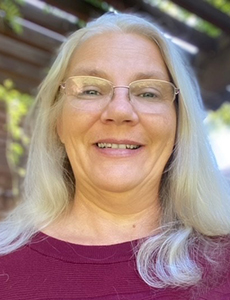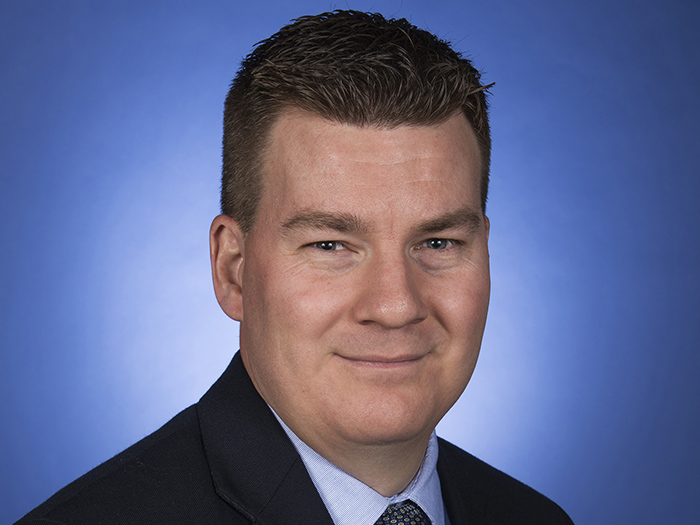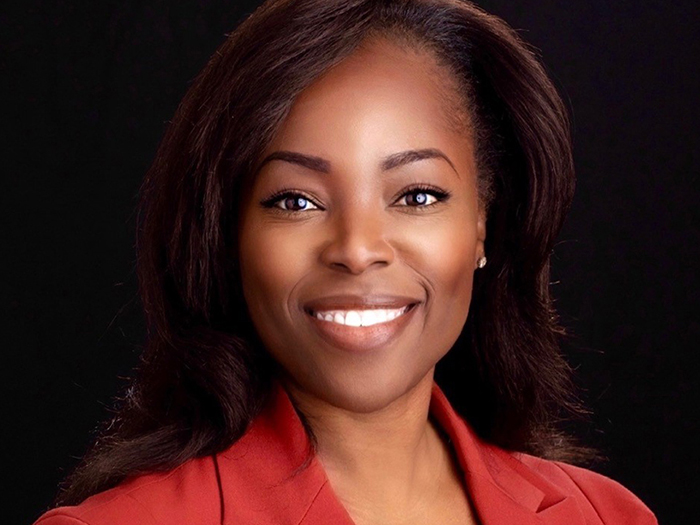How BNSF Railway Managed Medical Claims While Working with 12 Unions
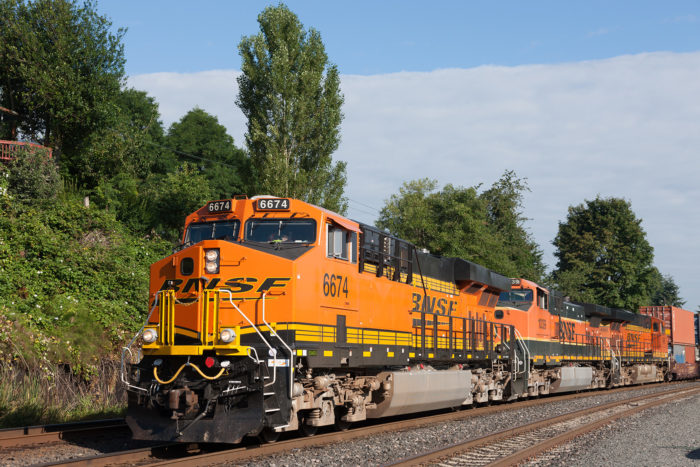
Through its annual Teddy Award program sponsored by PMA Companies, Risk & Insurance® has the opportunity to learn the stories of organizations across the country making incredible strides in their injury prevention and workers’ comp programs. From among each year’s finalists, we select Programs of Distinction, programs with unique characteristics and inspiring stories to tell.
BNSF Railway is a 2022 Teddy Award Program of Distinction. With a workforce of 44,000 at numerous regional locations, a unique set of employee characteristics, and governance under the Federal Employer Liability Act (FELA) rather than state workers’ compensation statutes, BNSF has continuously decreased its frequency ratio while increasing services for employees.
FELA, Unions Add Unique Layers of Challenge
A full 89% of BNSF Railway’s employees are represented by one of 12 different unions, with agreements in place that make workers’ comp management different from the norm.
“The main thing is that our employees are not covered under state compensation, they’re covered under a federal program, FELA,” said Lisa Gladney, Heartland Division Field Medical Manager.
“The difference there is that we don’t have a lot of the same opportunities as an employer that we would under state comp. We can’t direct care, we have to follow the rules of their health plan, sometimes we’re able to think outside the box and approve treatments that might not be covered under insurance, but it’s very limited by the agreements. They have a choice of three different health insurance carriers.”
There are additional complications due to the high union participation rate and the agreements therein — employees filing work injuries are not required to work with the medical department to manage the injuries, they do not have to provide any medical records or treatment plans, they can seek care with any provider they choose, and they can even choose to have medical bills paid by their own insurance rather than notifying a provider that their injury occurred in the workplace.
Further, because each of the 12 unions is represented by a FELA attorney who is notified by the union when an injury occurs, it is possible for an employee to be represented by an attorney the very same day a claim is filed.
Fresh Perspectives and a Focus on Engagement
BNSF’s efforts to overhaul its workers’ comp management to address spiraling employee engagement and injuries on the rise began in 2005 and unfolded in three phases.
The first was to hire a dedicated team of medical managers that would be in each of the operating divisions of BNSF. The second phase in 2014 added a licensed mental health professional for every division. The last phase was implemented in 2015 with the addition of a wellness manager to every division.
Changing the coverage area from roughly 12,000 employees per manager down to 3,000 certainly had an impact, but according to Gladney and BNSF leadership, the real game changer was who BNSF hired for these roles.
The medical department leadership was determined to create a diverse team of return-to-work specialists who were not just well educated, but who also were laser focused on identifying barriers that impact an employee’s ability to stay at work safely and willing to develop return-to-work plans tailored specifically to each individual.
“Our employees are so multi-faceted and don’t just care about the tasks they do for 40 or 50 hours a week,” said Gladney, who started in 2006 as one of the original field managers.
“At the time, the director wanted to get away from focusing on injury management and the legal aspect of that and instead get the boots on the ground focusing on what keeps our employees struggling to stay engaged at work when they come to work,” Gladney explained, “in the hopes that attacking it from that angle would reduce our injuries as a whole. The director used to start every meeting with our employees saying, ‘I’m the person who you are trying to put out of a job.’ ”
Galdney explained that “BNSF Railway has a culture driven by safety with a frequency ratio measured by number of reportable injuries per 200,000 manhours.”
In 2017, the frequency ratio was 1.09 as process improvements were being implemented. While the 2021 numbers are still being finalized, BNSF finished 2020 with a frequency ratio of 0.87 — a reduction from 445 reportable injuries in 2017 to 351 in 2020.
Building Trust and Participation
Another pillar in BNSF’s workers’ comp administration is its Employee Assistance Program (EAP). As with other organizations that have implemented EAPs, the BNSF team had to contend with the commonly-held perception that the assistance provided through EAP was not confidential.
“The way we combat it is through a local representative who is a licensed counselor and SAP provider, and she is available nearly 24/7 to personally help anybody in a situation,” Gladney said.
“People know her personally and she’s invested in every single location to make sure that employees know her by name. What we’re often battling is the majority male workforce who think they don’t need help. Continuing to meet in small groups and making it seem like the right thing to do for your family is to get help is where we are driving.”
Gladney noted that EAP participation is slowly rising since this tactic was employed. In 2015, 5.1% of BNSF’s total employee base took advantage of at least one service. Every medical team member was involved in promoting the programs, presenting to work groups at all opportunities, and all programs were made accessible from a single 24/7 hub.
Even with a two-year pause to in-person meetings and traveling during the pandemic, the BNSF team was able to double utilization in 2021 with just under 10% of the total population accessing at least one EAP service.
Gladney explained that medical management services have also greatly benefited from the three-phase evolution of BNSF’s workers’ compensation program. The number of employees who work directly with the BNSF team was at an all-time low in 2015, with only 53% of injured workers participating with the medical field managers team. In 2021, that number increased to 73%.
“And these numbers do not include the countless hours spent working with our employees who have suffered life-altering injuries or illnesses outside of the workplace that require a more complex return-to-work plan,” she said. &
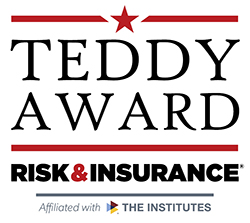 The Teddy Award, established in 1994 by Risk & Insurance®, was named in honor of President Theodore “Teddy” Roosevelt, who introduced the first piece of significant workers’ compensation legislation in the U.S. Risk & Insurance honors two additional employers for their exceptional efforts in driving continuous improvement and caring for injured workers.
The Teddy Award, established in 1994 by Risk & Insurance®, was named in honor of President Theodore “Teddy” Roosevelt, who introduced the first piece of significant workers’ compensation legislation in the U.S. Risk & Insurance honors two additional employers for their exceptional efforts in driving continuous improvement and caring for injured workers.

